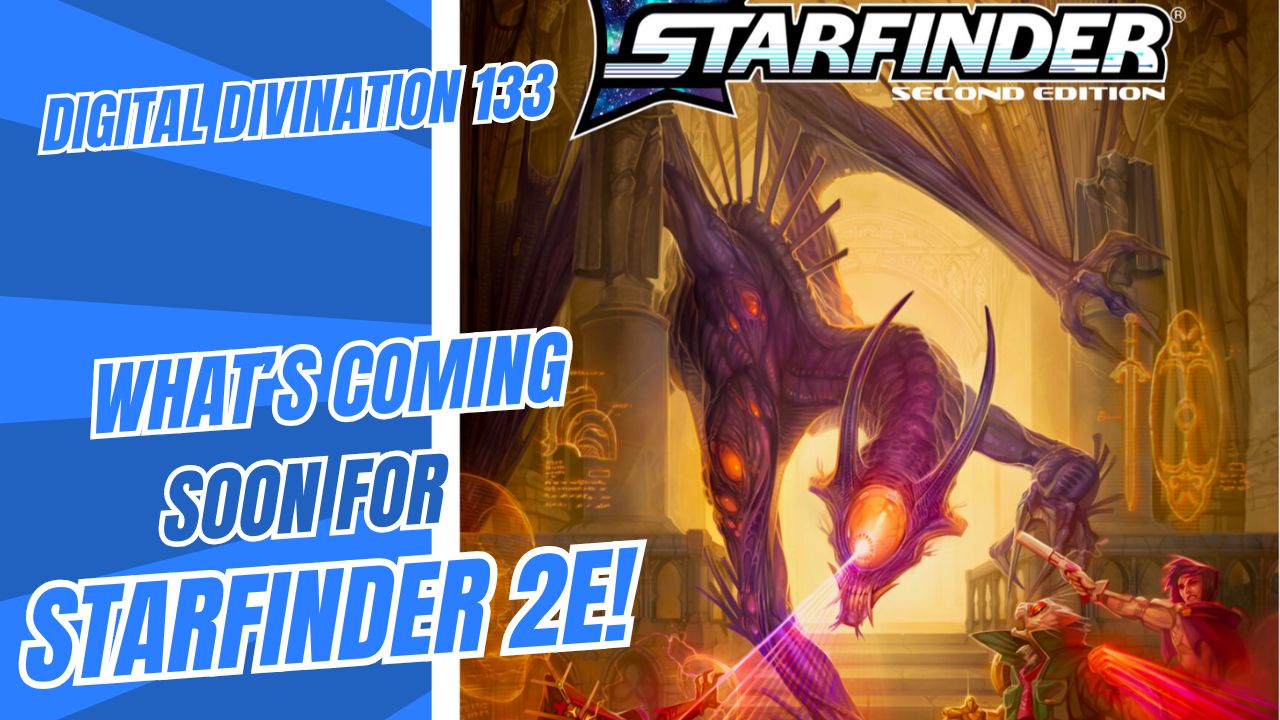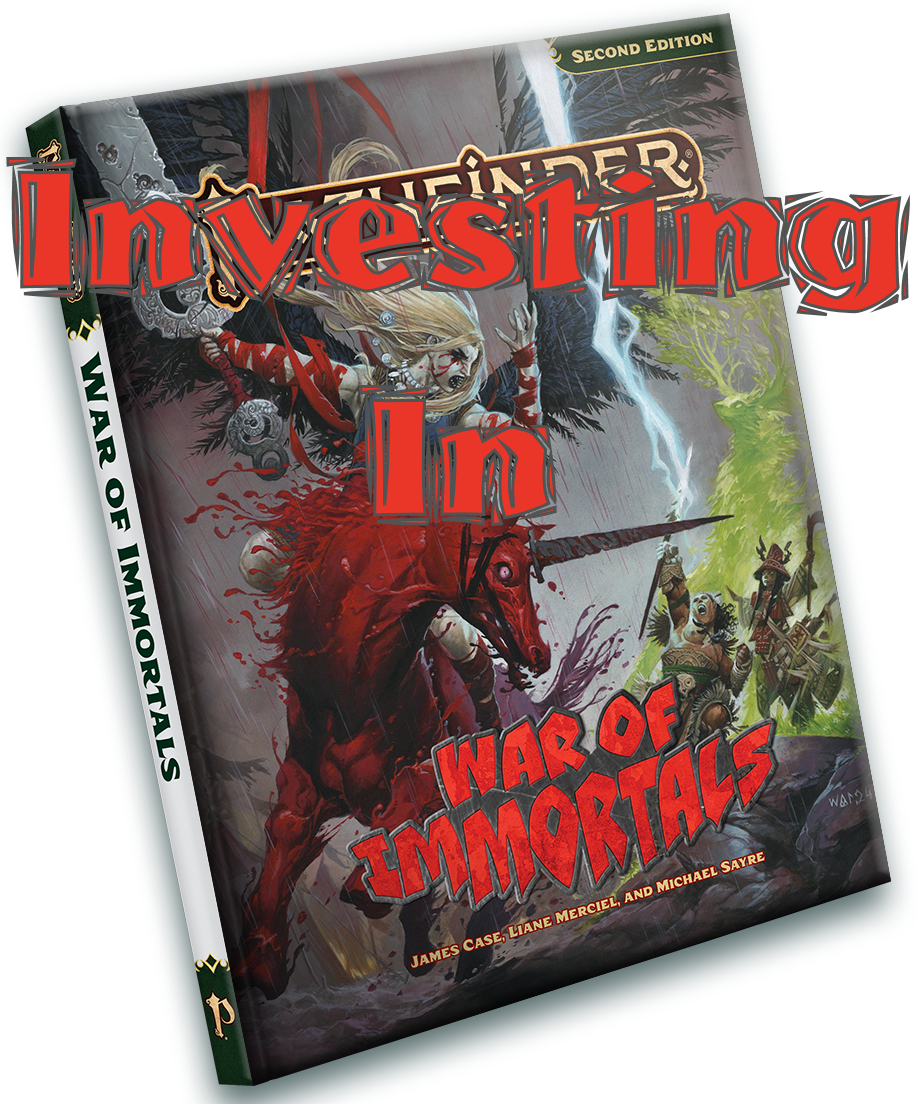Psionics. That strange “other” core game mechanic. Completely unmentioned in the PH and DMG, occasionally referenced in the Monster Manual, and yet such a significant part of the game that it merited a handbook on it’s own shortly after third edition saw release, then again after 3.5’s launch.
What is this “psionics” that’s not quite spellcasting, and inhabits its own corner of the rules? What place does it have in your game?
At a Glance
Exposed brains make people uncomfortable. So a cover that looks like an entombed brain kind of gives readers the willies. I enjoy the aged grey and brown colour scheme with crystals in the corners and an eye glyph in the center, but the exposed brains are a bit much, thematically appropriate though they may be.
Inside is about what you’d expect. The new races in a line for scale, profile pictures of the base classes and action shots of the prestige classes. Some dynamic illustrations of feats, powers, and the like at work. There are probably fewer pictures than in a standard sourcebook this size, though, which is unfortunate. Many of the powers would benefit from a visual aid to help us understand how they work. For example, how does one use one’s keen mind to coat one’s weapon in poison, as per the Prevenom Weapon power.
The illustrations that did make it in are quite nice. I really enjoy the Sam Wood’s Ialdabode the telepath, the sample psion (although I doubt a psion would find the time to work his stomach and pecks as much as Ialdabode). His baggy clothes and tribal tattoos form a great dichotomy, and his pose and stare are about as intimidating as a primary caster with no armour can be. Wayne Reynold’s Psion-Killer is a massive red crystal construct in a bad mood. Finally, there are only two new deities introduced in the Expanded Psionics Handbook, but they might have the two coolest holy symbols in the game. Jim Pavelec’s Zuoken is a burning fist with eyes on the back of its hand. And Wayne England’s Ilsensine features a mindflayer with its tentacles wrapped around a planet.
Highlights
Ahead of it’s Time
Let’s talk about Immediate and Swift actions. Third editon came out, stuck around for three years before needing to be replaced. So the three core rulebooks were revised and 3.5 was released. But even after all that time, there was no way for a character to cast and fight in the same round without metamagic feats. Then, the Psychic Warrior was introduced, the first optimized warrior/caster base class. From the first level, this class is able to buff itself and then attack at the same time, or cast a spell right before an attack of opportunity. The Immediate and Swift actions revolutionized game design. This is an example of how Expanded Psionics Handbook employed farsighted thinking that understood how players would come to play D&D 3.5.
Self-Contained
If you want to play a psionic character, this is everything you need. Races (such as they are), classes, prestige classes, powers, items, monsters, rules for epic level play. There are other sourcebooks with psionic material and even follow-up books like Complete Psionic to provide further options for psionic players, but if you only want to buy one sourcebook, this one provides everything you need, and lots of it.
Functional
This system varies from the magic system in almost every mechanical way. And yet it works as well as, if not better than, the magic system. A psionic character doesn’t have a set number of spells he can cast in a day. He dictates not just what power he uses but how powerful his power is but spending power points from his pool. He can manifest his powers at their maximum potential, if he doesn’t mind draining his power pool quickly. A well-played psion should never go to sleep with power points unused. A wizard inevitably will on most days.
The system can be abused, but such is the nature of the game. Overall, it works.
Low Points
These are Mental Powers?
Magic lets you disregard science convincingly. A character can conjure a fireball because he’s tapped into arcane power unthinkable by a normal human. But psionics does not benefit from the same suspension of disbelief. There are implications that psionic powers are gained through intense mental focus. That’s believable to a point. It’s believable that one person could read another’s mind. It’s believable that someone could lift an object telekinetically. It’s even believable that someone could punch through concrete by concentrating their muscles. But is it ever believable that someone is so mentally focused they could teleport? Graft a weapon to your arm? Slide across the ground as if it were ice?
The designers did a remarkable job coming up with a wide variety of powers that do fit the bill. Judging from the soulknife class, that was likely done by culling through hundreds of X-Men comic books. But too often they push the limits of what is believably achieved through force of will and mental aptitude. Any power from the metacreativity and psychoportation schools, and many from the psychometabolism school are a lousy fit thematically and ruin the concept of psionics for me somewhat.
More to Learn, More to Integrate
There are three distinct types of D&D sourcebooks: the core rulebooks, which define the game; plug and play, which expand on existing elements but don’t revolutionize the game; new concepts, which introduce whole new elements to the game. Expanded Psionics Handbook is a new concept book. The game as a whole benefits from well-developed new concepts by further pushing the limits of what this game can do. But they do not strictly benefit gaming groups, as it requires everyone at the table have some familiarity with the new concept in order to keep play flowing. If a player makes use of an obscure feat or spell and the DM questions it, the player need only point the DM to the page containing the rule in question and play can resume. If a DM has a problem with a fringe element of the game, an entire session can stop while the DM refreshes himself on all the rules pertaining to his problem. That, or he outright denies it to save himself and his group some time, but at the expense of the one player that wanted to make use of the fringe element.
Additionally, Expanded Psionics Handbook introduces new skills. Not new uses for existing skills, but new skills. The skill system is delicate and is hurt by the inclusion of new skills outside of craft and profession. Even new knowledge skills splinter how a player assigns his characters finite skill points. Had Psicraft been merged with Spellcraft, Use Psionic Device merged with Use Magic Device, and Autohypnosis dropped (it’s an interesting idea for a skill but it’s not in the PH and therefore causes more problems than it’s worth), leaving only Knowledge (Psionics) as a new feat, that would be fine. But four new skills that no class outside Expanded Psionics Handbook treats as a class skill doesn’t work.
Races
There are nine playable races introduced or expanded upon from the Monster Manual. That’s more than the Player’s Handbook! Yet almost all these races can be lumped into one of three categories: Bug-like (dromite, and thri-kreen), evil (duergar, githyanki, githzerai, and again, thri-kreen), or human-like (elan, maenad, and xeph). I can’t complain about the inclusion of two bug races because insect hive minds are the closest example we have to naturally occurring psionics in reality. I don’t believe I will ever play a bug-like character, but they earned their spot here. But what’s with all the evil? I like to think the majority of PCs are good-aligned, with more neutral than evil. I also think all standard races should tend towards good. I’m not opposed to players occasionally taking a race that’s typically evil and making it good, but presenting a typically evil race of astral slavers as a standard option? That doesn’t sit well with me.
And why three races that are marginally different from humans? One, I understand. Two is already too many. Three is silly. Elans are indistinguishable from humans except mechanically, and maenads are humans that were bit by a radioactive banshee in a glitter factory. Xephs have the potential to be different, but not much.
That leaves half-giants. Half-races have the stigma of not being a race, just a common mixture of races. At least Half-Giants have an interesting backstory about how there came to be half-giant cities, rather than just the odd half-breed peppered in other societies. But if there are civilizations of this half-race and two members of the same half-races are breeding together, they deserve their own distinct name and racial identity. For this reason I prefer goliaths (Races of Stone) to half-giants as D&D’s gentle giants.
Juicy Bits
Psicrystals. Psions don’t get familiars, but they have the option of creating a companion that’s the shape of a crystal and is made up of a chunk of their consciousness, with a single personality. There’s a lot of fun in a one dimensional sidekick like this, especially when the variety of personality types include “bully”, “coward”, and “sneaky”.
The Psychic Warrior is a great class designed to be the most versatile warrior class in the game. With just the right mix of powers and combat efficiency, it is the class that all future warrior/caster hybrids should be measured against.
The Up The Wall feat allows a psionically focused character to use part of its movement to traverse a vertical surface. Combine the stunning visual with the tactical possibilities and I want to play a psionic character just to take this feat.
Mind Switch is exactly the kind of power that defines psionics. You force your consciousness into a target’s body, and they’re stuffed into yours. This can be done offensively, (take over an enemy’s body then jump off a cliff), defensively (take over an enemy’s body and strip him of his weapons and armour), or tactically (swap consciousness with an ally then cast spells from his position). You can also thumb through the memories of the body you’ve jumped into. There’s just so much you can do, it’s like five spells in one.
Personal Experience
A player in my gaming group loves psionics and has played numerous psionic characters. He made a half-giant psychic warrior, which was hugely successful and a lot of fun. He’s currently playing a Cerebremancer, a prestige class for multi-classing psion/wizards. As is the standard complaint for dual caster multiclassing, he has more spells and powers than he knows what to do with but none of them are very effective. He basically sits out of fights against monsters with decent SR.
I used a psionic character as a notable NPC, but it was in name alone. Other than his psicrystal, there was nothing mechanically psionic about him.
Overall
Psionics has been in Dungeons and Dragons for a long time. It’s considered so important that the content of the Expanded Psionics Handbook is OGLed. And yet it has never been integrated into the core rules.
The reason is it’s too different from magic to have them both core, and not universal enough to be the one that makes the cut. If you’re interested in bringing psionics to your game, either as a player or as a DM, you have to discuss it together. This material affects the entire group and should not be included hastily. But the concept is fun, the system works, and it brings a new level to your game. I don’t recommend it to novice players, but heartily recommend it to experienced players looking for a new angle.
If You Liked This Book…
Complete Psionics is the only major follow-up to Expanded Psionics Handbook.
Magic of Incarnum is another new concept book, but not as effective.




Leave a Reply